Imagine escaping to the most secluded corners of the Earth, where pristine beaches, untouched landscapes, and unique cultures await. Remote islands offer a rare chance to explore places few people have seen, where the rhythms of nature dictate life and every view is a postcard in waiting.
These hidden gems are not just for the rugged adventurer; they are accessible to anyone with a curiosity for the undiscovered and a desire for tranquility away from bustling tourist spots.
Whether you’re seeking adventure, solitude, or just a break from the ordinary, there’s a remote island calling your name. Pack your bags and prepare to be mesmerized by the world’s most isolated and breathtaking islands that are surprisingly within your reach.
Ready to discover the uncharted? Let’s set sail to the wonders that lie beyond the familiar.
Remote Islands
Rapa Nui, Chile
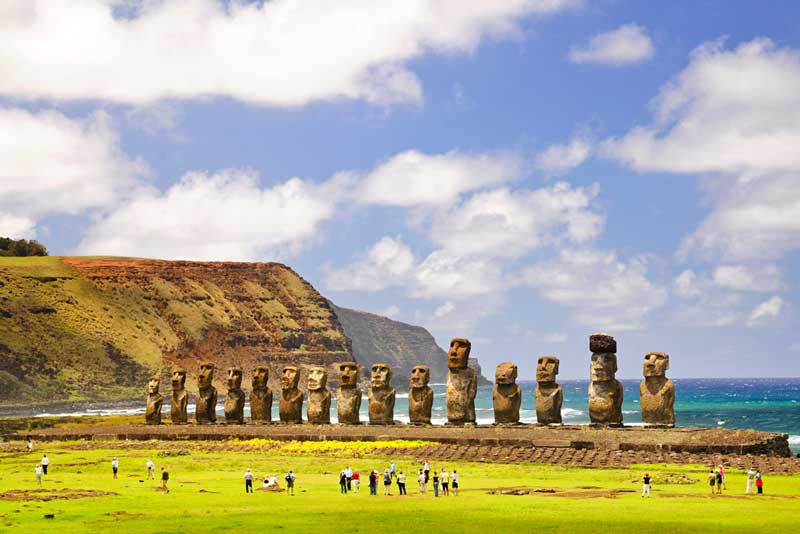
Rapa Nui, Chile
Rapa Nui, also known as Easter Island, is a marvel of archaeological significance and natural beauty, located far off the coast of Chile in the Pacific Ocean. This remote island is famous for its over 1,000 moai statues, which were created by the early Rapanui people and are scattered across its rugged landscape.
Travel to Rapa Nui is predominantly via plane from Santiago, Chile, with flights taking about six hours. Upon arrival, visitors can explore the island’s vast cultural heritage within the Rapa Nui National Park, which covers approximately 40% of the island.
The park is home to significant archaeological sites, including the quarry at Rano Raraku where many moai were carved. Visitors are advised to secure a park pass and must adhere to strict regulations, such as being accompanied by an accredited guide to protect the delicate sites.
The island’s isolation adds to its allure, offering a unique blend of breathtaking scenery and profound historical insight.
Man Island, Bahamas
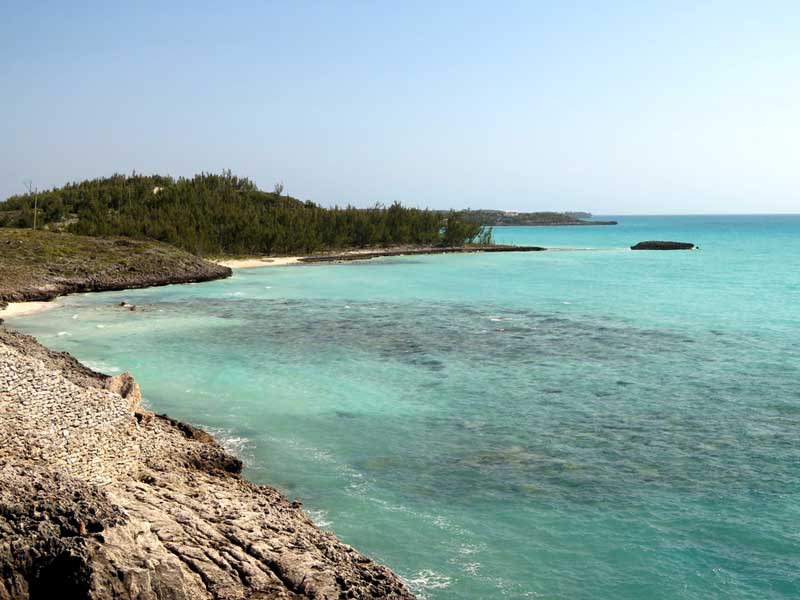
Man Island, Bahamas
Man Island in the Bahamas is an untouched gem nestled between Harbour Island and Spanish Wells. This small island spans approximately 35 acres and boasts pristine beaches along the Atlantic Ocean on its east side, while the west overlooks a natural harbor.
The island remains largely undeveloped, though its proximity to the popular Harbour Island has sparked interest from investors around the world.
Man Island is not just about potential real estate development; it offers a peaceful escape in the Bahamas, with its natural beauty and tranquil environment making it an attractive spot for those looking to get away from it all.
Fernando de Noronha, Brazil
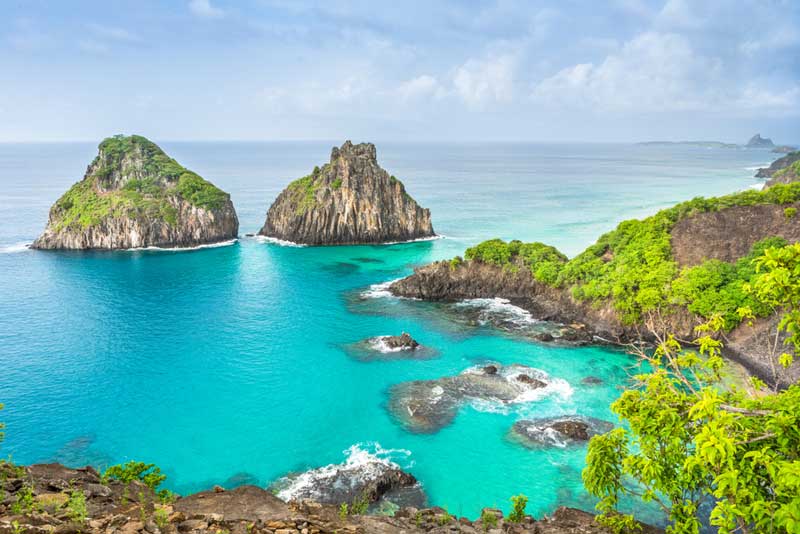
Fernando de Noronha, Brazil
Fernando de Noronha is a breathtaking archipelago located about 354 kilometers off the Brazilian coast. This UNESCO World Heritage site is famous for its stunning landscapes, rich marine life, and strict environmental protection laws.
Visitors to Fernando de Noronha can enjoy activities like snorkeling in crystal clear waters, hiking scenic trails, and observing diverse wildlife, including sea turtles and spinner dolphins.
The archipelago’s commitment to conservation means that tourist numbers are limited, ensuring a truly exclusive and environmentally respectful experience. This paradise is not only a beach lover’s dream but also a haven for eco-tourists seeking to connect with nature in one of the most beautiful places on earth.
Fogo Island, Canada
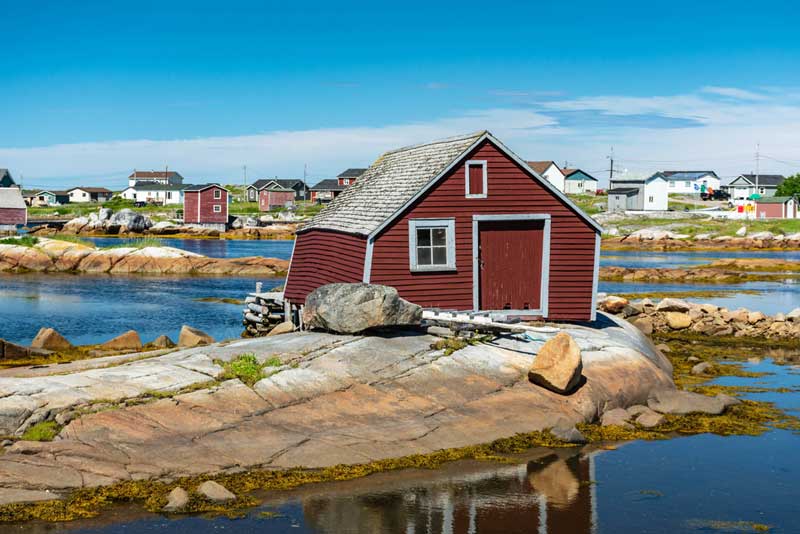
Fogo Island, Canada
Fogo Island sits off the northeast coast of Newfoundland, Canada, and is renowned for its rugged beauty and vibrant community. The island’s distinct four seasons each offer unique experiences, from iceberg viewing in spring to berry picking in the fall.
Fogo Island’s culture is deeply rooted in its fishing heritage, but it has gained international acclaim for its contemporary art scene and sustainable tourism practices, embodied by the Fogo Island Inn.
This remote island offers travelers a blend of adventurous wilderness exploration and cultural enrichment, with local artisans and fishers providing an intimate look into the island’s traditions and lifestyle.
Flores Island, Azores, Portugal
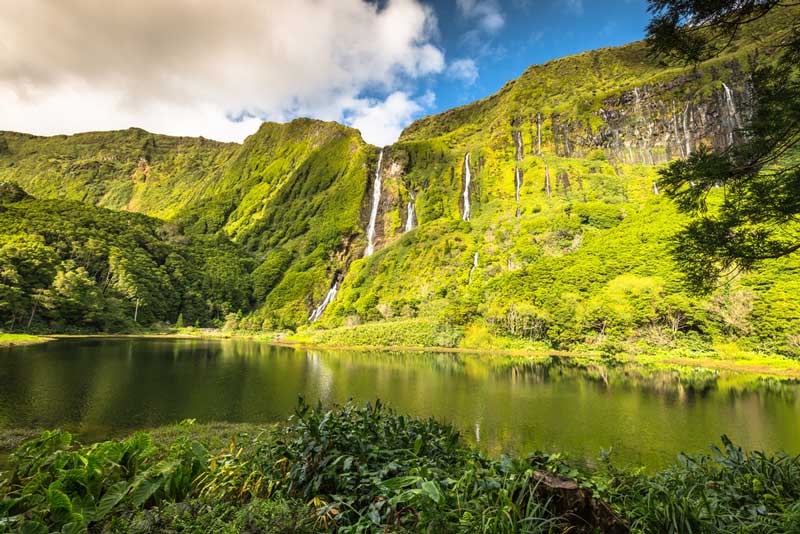
Flores Island, Azores, Portugal
Flores Island in the Azores is a paradise of lush landscapes and cascading waterfalls, making it a perfect destination for nature lovers. As the westernmost point of Europe, this island offers a plethora of natural attractions from scenic hiking trails to stunning lakes and vibrant marine life.
The climate is mild year-round, which is ideal for exploring the numerous volcanic craters and fajas—flat, low-lying areas by the sea formed from landslides or lava flows.
Flores is accessible by direct flights from São Miguel or Faial islands in the Azores, or via ferry services that connect it to other islands in the archipelago. The local cuisine reflects the island’s rich maritime culture, with seafood prominently featured.
Flores is less touristy compared to other Azorean islands, providing a serene getaway with ample opportunity for outdoor activities like diving, kayaking, and bird watching.
Niue
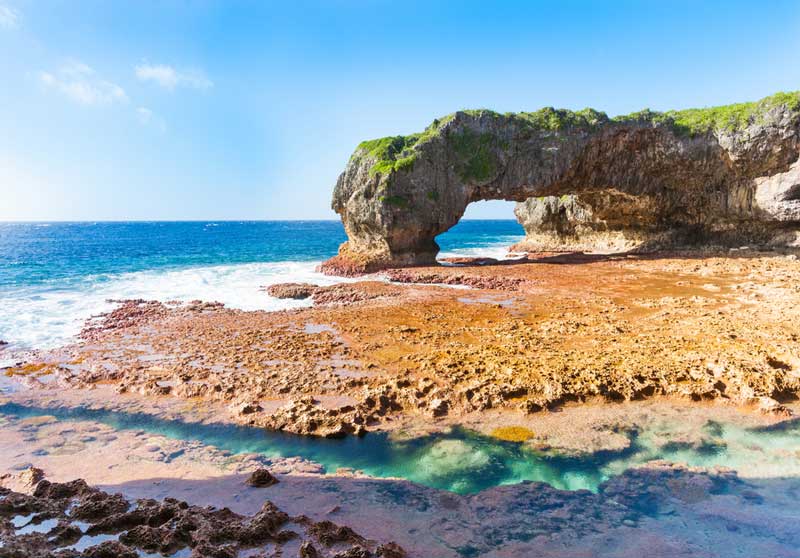
Niue
Niue is a small island nation in the South Pacific, often referred to as “The Rock of Polynesia.” Its clear waters and rich marine life make it a prime location for snorkeling and diving. Niue is accessible via Air New Zealand with flights from Auckland taking just over three hours.
Upon arrival, visitors can immerse themselves in the island’s serene natural beauty and unique cultural experiences. Niue’s status as a Dark Sky Nation allows for spectacular stargazing opportunities.
The island’s commitment to environmental preservation is evident in its marine protected areas, which safeguard diverse aquatic species including humpback whales during their migratory season. Niue offers a tranquil escape with its stunning landscapes and welcoming local community.
Keeling Islands, Australia
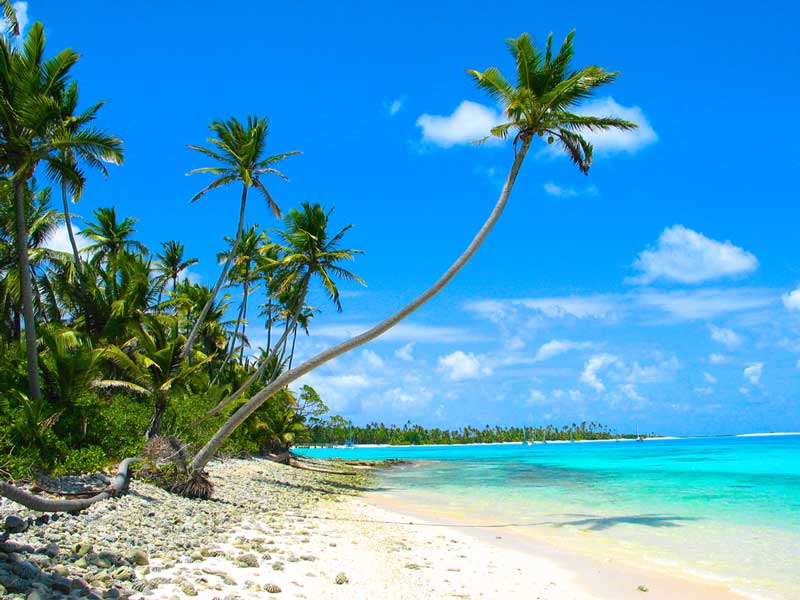
Keeling Islands, Australia
The Cocos (Keeling) Islands, an Australian territory, offer a serene escape in the Indian Ocean. Only two of the 27 islands are inhabited, presenting a perfect setting for nature lovers and adventure seekers.
The islands are celebrated for their spectacular snorkeling, world-class diving, and excellent fishing opportunities. Kitesurfing is particularly popular during the trade wind season from May to October, attracting thrill-seekers with its strong winds.
The local Cocos Malay culture enriches the visitor experience with unique traditions and friendly interactions. Travel to the islands is convenient with flights from Perth, making this remote destination surprisingly accessible.
Pitcairn Island, British Overseas Territory
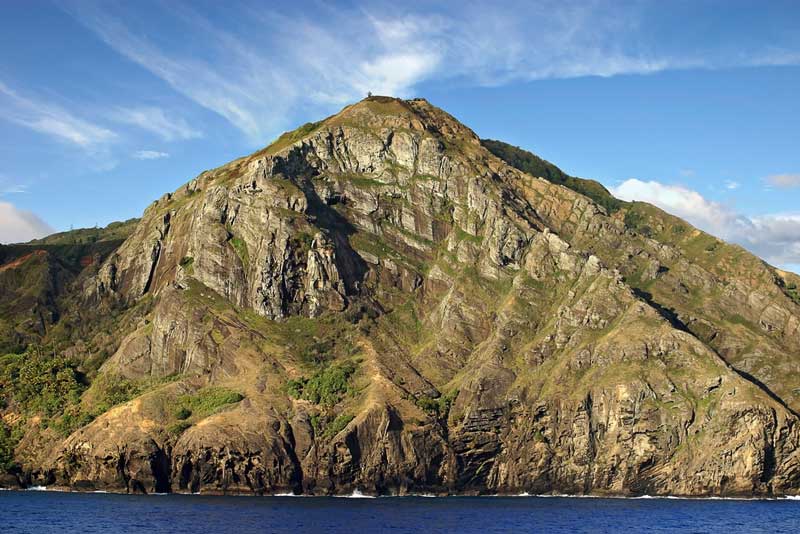
Pitcairn Island, British Overseas Territory
Pitcairn Island is one of the most remote inhabited islands in the world, located in the South Pacific Ocean. It is accessible only by a shipping service that runs every three months, making it a truly isolated destination.
The island is best known for being the refuge of the Bounty mutineers in the 18th century, and today it is home to a small population that descends from those mutineers.
Visitors can explore the rugged terrain, visit the descendants’ homes, and learn about the unique history and culture of the island. Pitcairn offers a unique opportunity to experience a way of life that has remained largely unchanged over the centuries due to its isolation.
Floreana Island, Ecuador
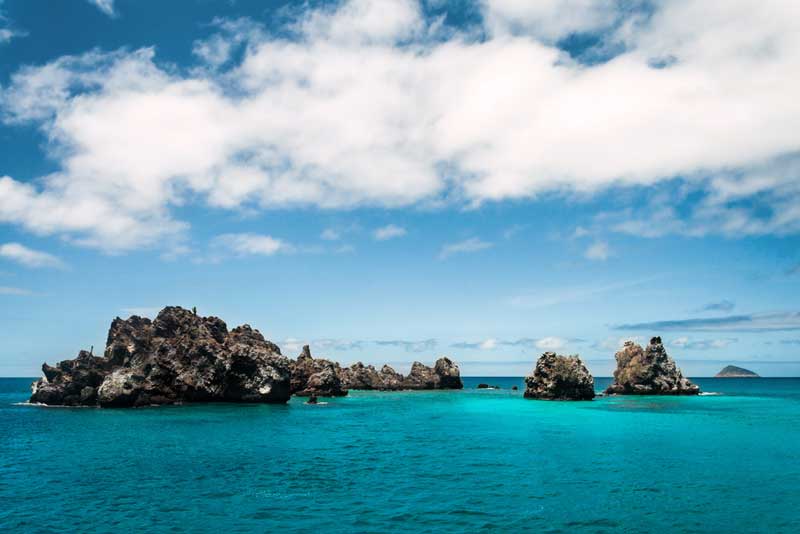
Floreana Island, Ecuador
Floreana Island, part of the enchanting Galápagos archipelago, offers a mix of mysterious history and rich biodiversity. Originally known for being one of the first islands in the Galápagos with human inhabitants, its history is marked by tales of piracy, intrigue, and drama.
The infamous story of the Baroness Eloisa von Wagner and her lovers still captivates visitors with its unresolved mysteries. Today, Floreana is also a haven for wildlife enthusiasts.
It’s home to the critically endangered Floreana mockingbird, giant Galápagos tortoises, and a host of marine species visible through snorkeling excursions around the Devil’s Crown, a submerged volcanic crater teeming with colorful fish and coral formations.
San Blas Islands, Panama
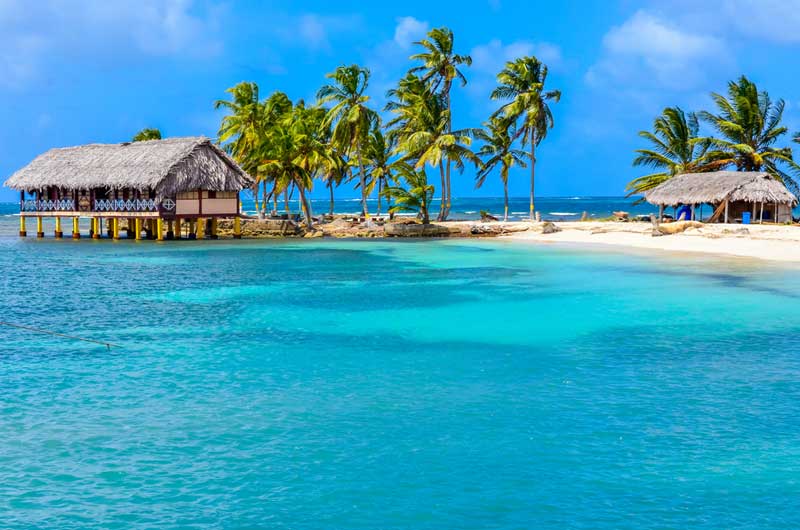
San Blas Islands, Panama
The San Blas Islands of Panama are a stunning archipelago comprising around 365 islands off the northern coast of the Isthmus, with only 49 of them inhabited.
These islands are home to the indigenous Guna people, who manage the land with a focus on ecological preservation.
The area is known for its crystal-clear waters, beautiful white sand beaches, and vibrant coral reefs, making it ideal for snorkeling and diving. Visitors can experience the rich culture of the Guna, including traditional crafts and local cuisine, making it a culturally enriching experience as well as a relaxing beach vacation.
Skellig Islands, Ireland
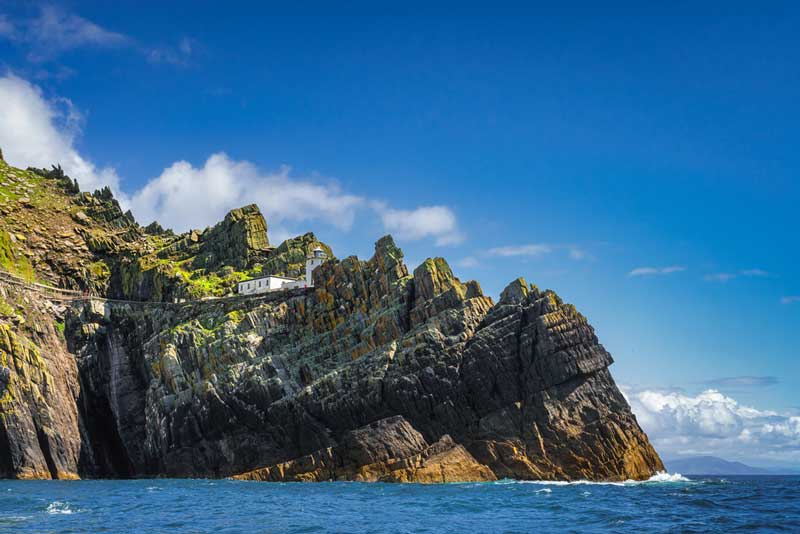
Skellig Islands, Ireland
The Skellig Islands, situated off the southwest coast of Ireland, consist of two rocky islets called Skellig Michael and Little Skellig. Skellig Michael is renowned for its well-preserved monastic outpost of the Early Christian period, which is now a UNESCO World Heritage Site.
The island’s steep terrain and ancient stone structures offer a breathtaking glimpse into the lives of monks who sought solitude here over a thousand years ago. Accessible via boat from the nearby Kerry coast, the islands also host a variety of seabirds, including puffins, making it a significant birdwatching site.
The remote and rugged beauty of the Skellig Islands makes them a captivating destination for those interested in history, wildlife, and spectacular Atlantic views.
Los Roques, Venezuela
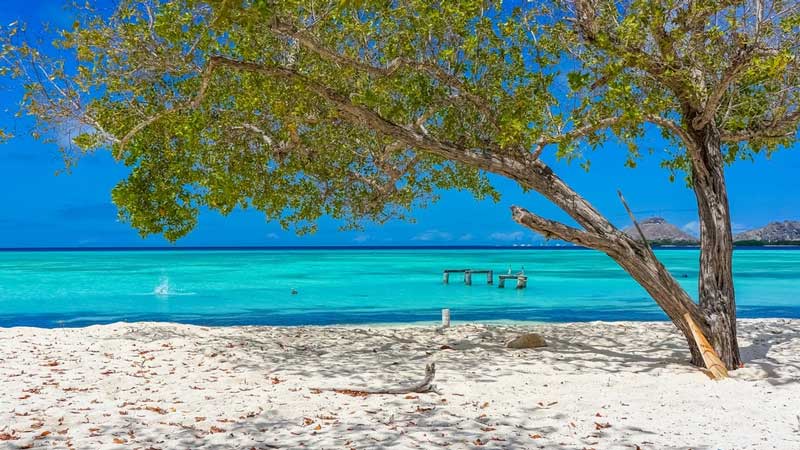
Los Roques, Venezuela
Los Roques archipelago, located off the coast of Venezuela, is an idyllic retreat known for its crystal-clear waters and vibrant coral reefs. This national park consists of over 300 islands, cays, and islets, each offering pristine white sandy beaches and a tranquil escape from the bustle of urban life.
The main island, Gran Roque, serves as the entry point and houses the majority of local accommodations and services. Travelers to Los Roques typically arrive by plane from Caracas, a short and scenic flight.
The archipelago is a hotspot for water sports, particularly kite surfing, windsurfing, and snorkeling, thanks to its dynamic marine environments and consistent trade winds. Conservation efforts are significant, with strict regulations to preserve its ecosystems.
The local gastronomy features fresh seafood, highlighting the archipelago’s rich marine bounty. Los Roques’ remote beauty makes it a perfect destination for those seeking solitude and natural splendor.
La Gomera, Spain
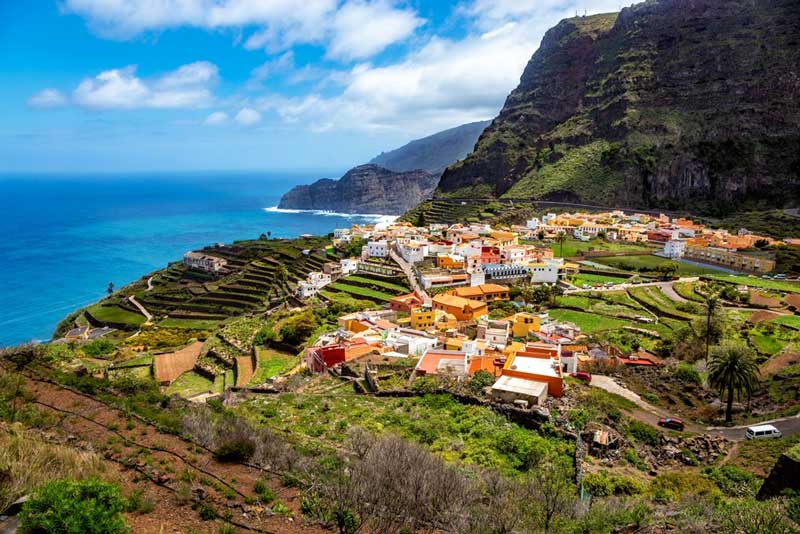
La Gomera, Spain
La Gomera, one of the Canary Islands, is famed not only for its lush landscapes but also for its unique cultural heritage. The island’s terrains are crisscrossed with hiking trails that lead through ancient forests, such as the UNESCO World Heritage-listed Garajonay National Park.
La Gomera is also known for its peculiar whistling language, Silbo Gomero, used by the locals to communicate across the deep valleys.
Unlike more tourist-heavy Canary Islands, La Gomera offers a quieter, more introspective travel experience, where visitors can enjoy the serenity of unspoiled nature and delve into the rich local culture.
Tristan da Cunha, British Overseas Territory
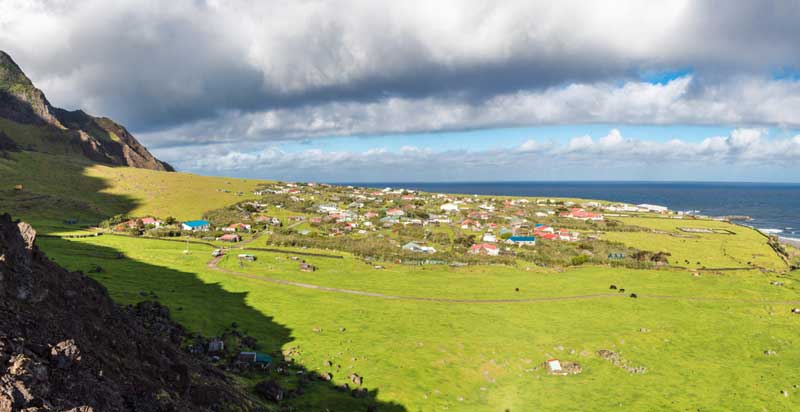
Tristan da Cunha, British Overseas Territory
Located over 2,000 kilometers from the nearest continent, Tristan da Cunha is recognized as the most remote inhabited archipelago in the world. The island is part of a volcanic group in the South Atlantic Ocean.
Its isolation has preserved much of its wildlife and quaint lifestyle, untouched by mainstream tourism. The community on Tristan da Cunha is known for its close-knit nature, with all residents being farmers by default, involved in the cultivation and cattle farming that sustain their community.
The island’s volcanic peak, Queen Mary’s Peak, offers rigorous hiking opportunities and spectacular views, encapsulating the rugged beauty of one of the most secluded places on earth.
Rodrigues Island, Mauritius
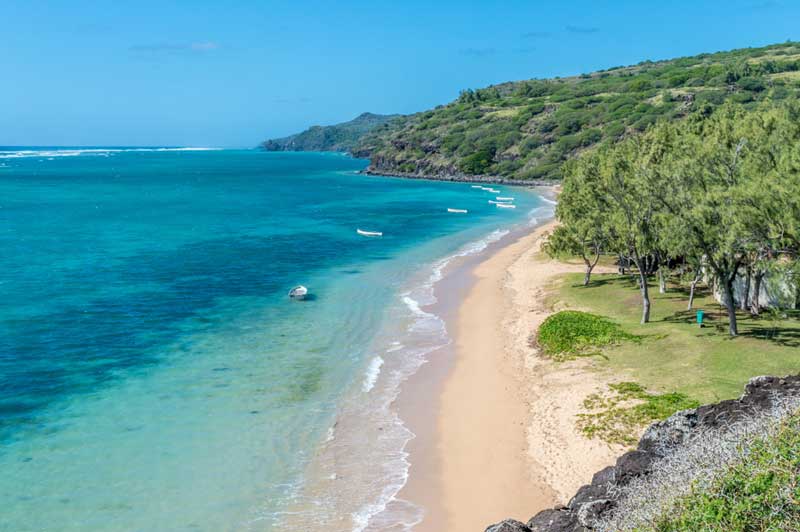
Rodrigues Island, Mauritius
Rodrigues Island is a hidden gem within the Indian Ocean, offering a quaint and serene escape far from the bustling tourist spots of mainland Mauritius. Known for its rugged volcanic terrain, deep caves, and coral reefs, Rodrigues provides a playground for adventure lovers and nature enthusiasts alike.
The island is also renowned for its diverse ecosystem, with numerous endemic species of flora and fauna. Visitors can explore the bustling market life in the capital of Port Mathurin or enjoy kite surfing and fishing along its expansive, beautiful beaches.
Rodrigues Island encapsulates a slow-paced lifestyle, allowing travelers to enjoy a more laid-back, authentic experience.
Final Thoughts
Embarking on a journey to remote islands offers a unique opportunity to explore some of the world’s most secluded and enchanting destinations. Each island presents its own slice of paradise, from unspoiled beaches and vibrant wildlife to rich cultural experiences and breathtaking landscapes.
Whether you seek solitude, adventure, or a deep dive into lesser-known cultures, these islands provide an escape from the ordinary, inviting travelers to disconnect from the mainstream and immerse themselves in pristine natural beauty.
